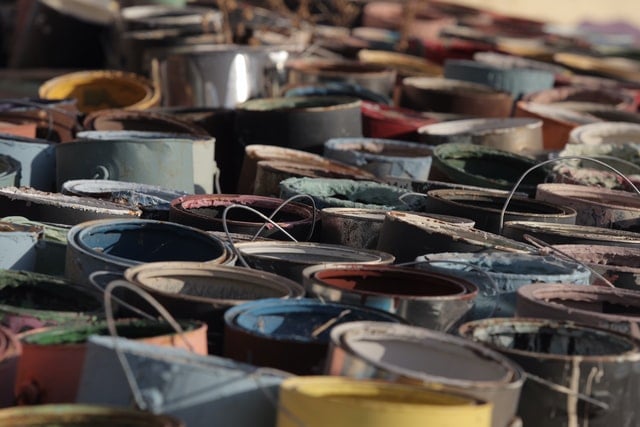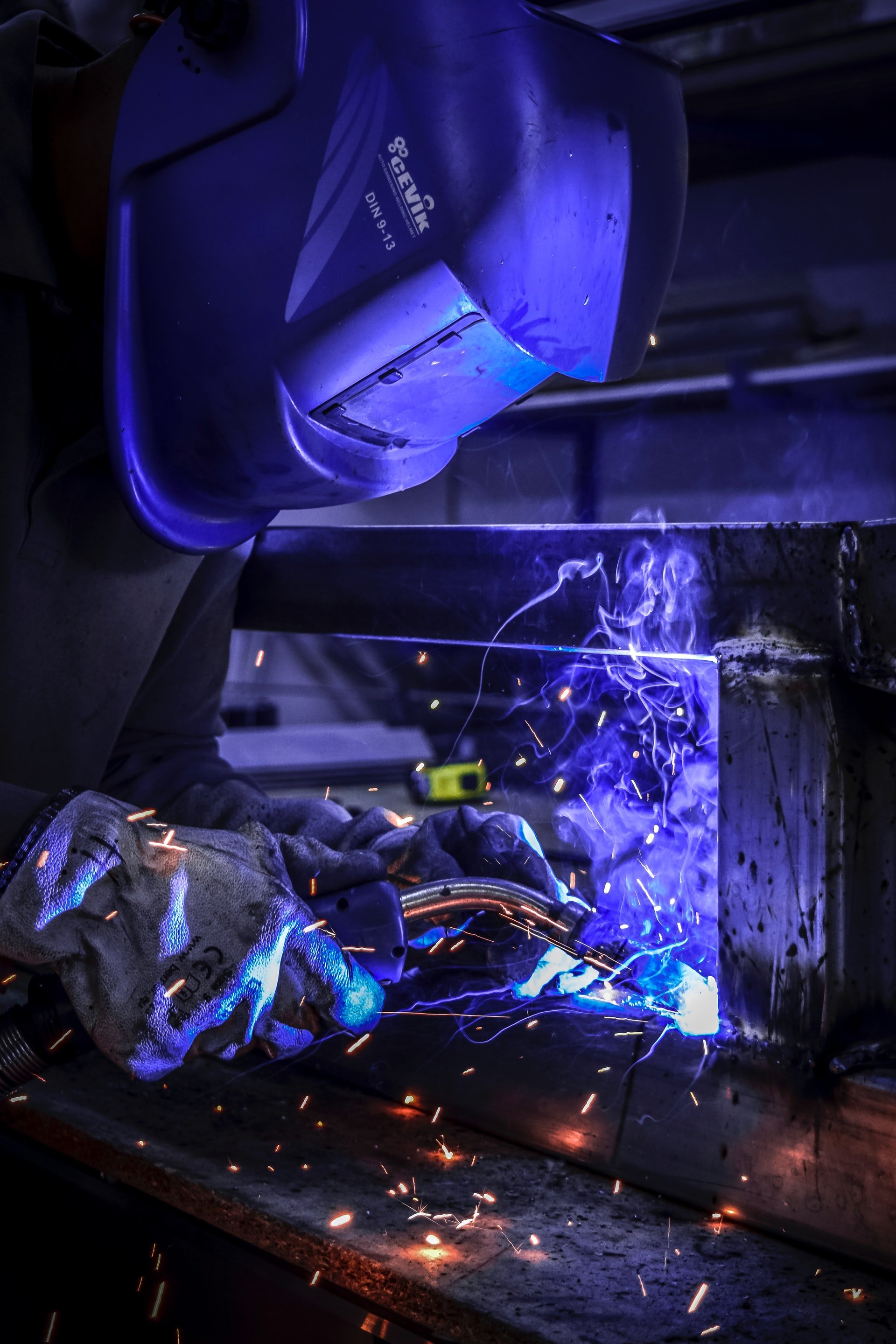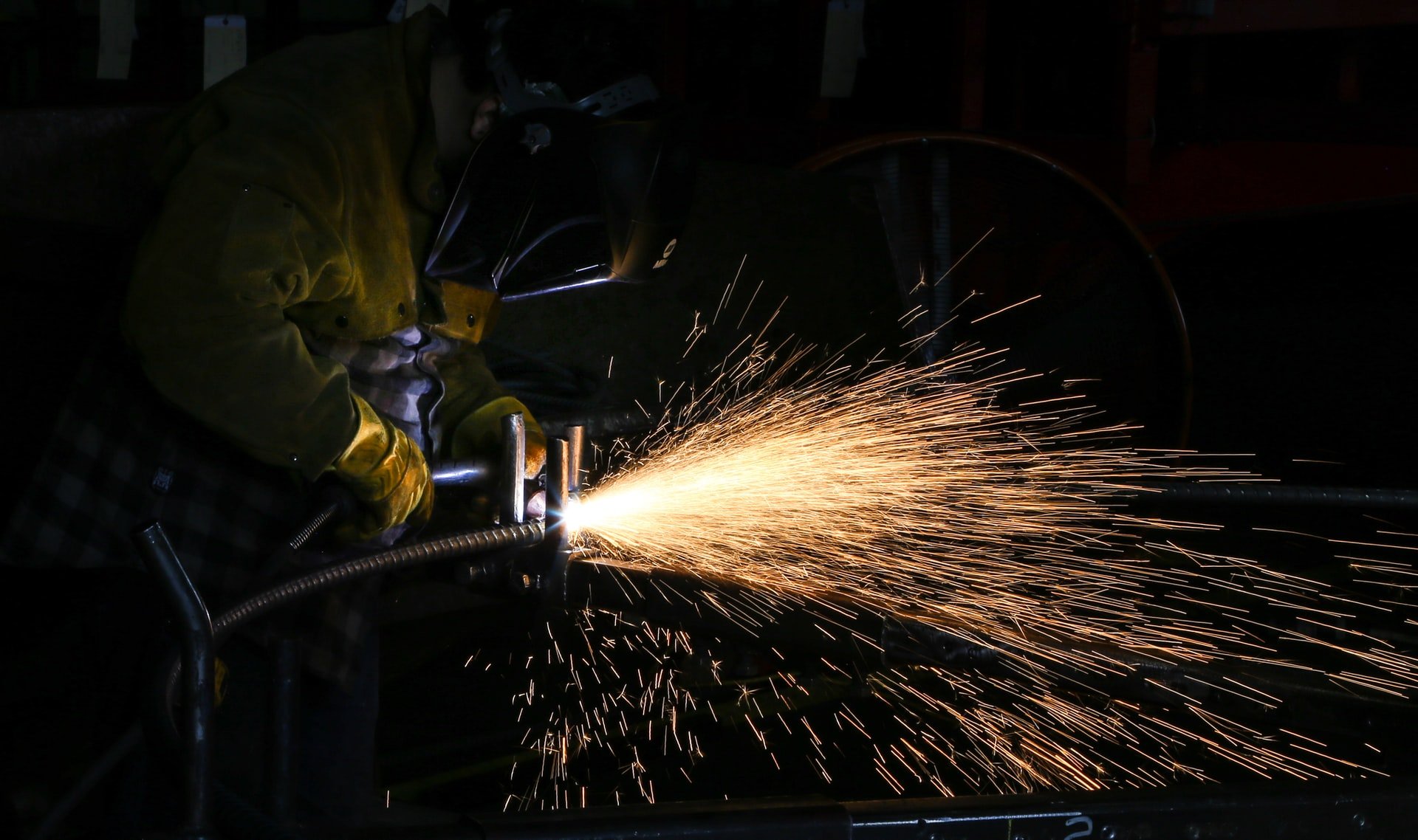
Notwithstanding the different properties of stainless steel when compared with, say, carbon steel, the techniques for welding the two alloys are not dissimilar. However, stainless steel has a lower coefficient of thermal conductivity, so the temperature of both the base metal and the weld metal must be carefully controlled. Similarly, any filler metal must be compatible, chemically and mechanically, with the base metal. Popular methods of welding stainless steel include resistance or spot welding, Tungsten Inert Gas (TIG) welding and Metal Inert Gas (MIG) welding.
Resistance Welding / Spot Welding
Resistance/spot welding is a cost-effective, flexible and, hence, popular method of joining two thin sheets of stainless steel together. The stainless steel sheets are positioned between two welding electrodes, so that a low-voltage, alternating current passed through them encounters electrical resistance, and the heat produced is sufficient to fuse the sheets together. The type and thickness of the stainless steel being welded must be taken into account. The process can be tailored to prevent distortion of the metal due to an accumulation of heat in the area immediately adjacent to the weld.
TIG Welding
TIG welding, more correctly known as Gas Tungsten Arc Welding (GTAW), employs a non-consumable tungsten electrode to pass an electrical current through the metals being joined. The electrode and the weld pool are protected by an inert shielding gas, typically argon, but also argon mixed with other inert gases, depending on the exact application. TIG welding creates low heat input which, in the absence of filler metal, makes it suitable for thinner pieces of stainless steel. If filler metal is used, its diameter should be smaller than the thickness of the base metal. TIG welding produces high-quality, long-lasting welds and is the most commonly used welding technique for stainless steel.
MIG Welding
MIG welding, aka Gas Metal Arc Welding (GMAW), is another commonplace technique for welding stainless steel. Like TIG welding, MIG welding uses an argon-rich shielding gas – typically 97.5% argon and 2.5% carbon dioxide – but, unlike TIG welding, uses a continuous, consumable copper wire to deliver a direct current to the weld pool. So-called ‘pulsed’ MIG welding, which delivers repeated high current pulses over a constant background current, is a popular variant, insofar as it makes the control of metal transfer in complex welding projects much easier. The speed of electrode feed and the pressure of the shielding gas – both of which are user defined – are important factors in achieving the best results.
The Best Process For Your Project
Stainless steel is manufactured in a range of grades and thicknesses. So, while any of the above techniques can be employed successfully for welding stainless steel, your choice boils down to your budget, the finish and thickness of the stainless steel to be joined, and the purpose of the finished product. At GLW we have experience with a wide range of welding techniques and will suggest the best method to give you a strong, durable weld. Have a chat with one of our engineers today to find out more.
Image source: Pixabay













